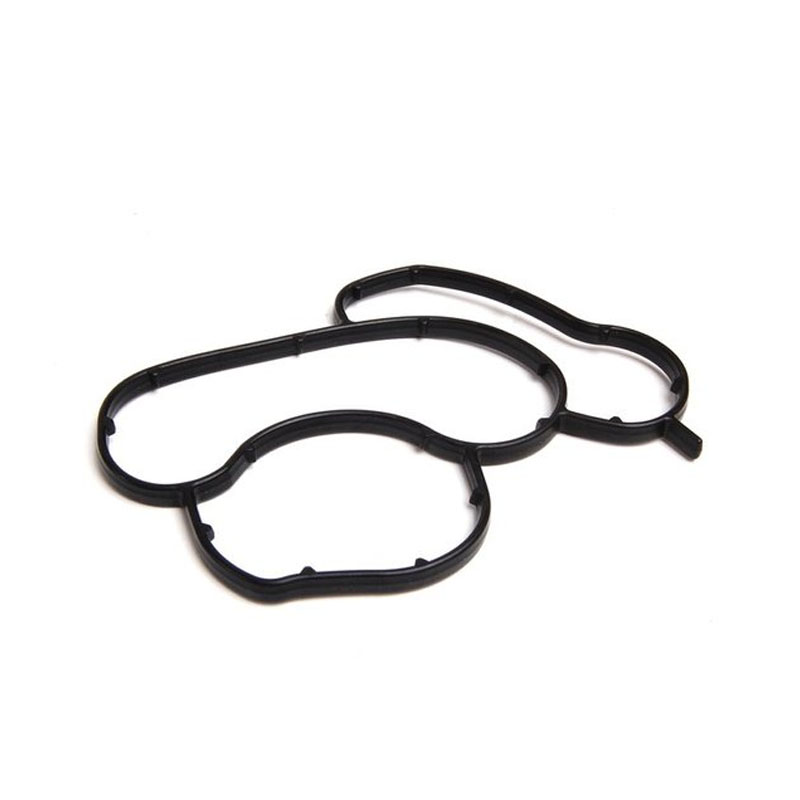Understanding the Importance of Rear End Yoke Seal in Vehicle Maintenance and Performance
Understanding Rear End Yoke Seal Importance and Maintenance
The rear end yoke seal is a crucial component in the drivetrain of vehicles, particularly those with rear-wheel drive. This seal serves the important function of preventing gear oil from leaking out of the differential and also keeps dirt and debris from entering the system. A well-maintained rear end yoke seal ensures the longevity and performance of the vehicle's rear differential.
What is a Rear End Yoke Seal?
The rear end yoke seal is typically located at the point where the driveshaft connects to the differential. It is a circular-shaped component made from durable rubber or synthetic materials designed to withstand high temperatures and pressures. The yoke seal acts as a barrier, allowing the driveshaft to rotate freely while containing the lubricant necessary for proper operation of the differential gears.
Importance of the Rear End Yoke Seal
1. Fluid Retention The primary purpose of the rear end yoke seal is to retain the gear oil within the differential casing. This oil is vital for lubricating the gears, reducing friction, and preventing overheating, which can lead to premature wear and failure.
2. Contaminant Protection The seal also protects the differential from outside elements like dirt, dust, or water. By keeping contaminants out, the yoke seal ensures the internal components of the rear differential remain clean and function optimally.
3. Cost Efficiency A leaking rear end yoke seal can lead to significant gear oil loss, potentially resulting in expensive repairs. Maintaining a functional seal can save vehicle owners from costly differential repairs due to lubricating failures and component wear.
Signs of Yoke Seal Failure
Recognizing the signs of a failing rear end yoke seal is essential for timely maintenance
. Here are some indicators- Oil Leaks Puddles or spots of gear oil under the vehicle are a clear sign of a failing yoke seal. Regular inspections can help identify these leaks early.
rear end yoke seal

- Whining Noises If you hear unusual whining or grinding sounds from the rear differential, it may indicate low fluid levels due to a leak, potentially caused by a damaged seal.
- Increased Heat Excessive heat in the differential can occur if the lubricant is leaking out, which can lead to catastrophic failure.
Maintenance and Replacement
Maintaining the rear end yoke seal involves periodic inspections to identify any signs of wear or damage. Here are some tips for proper maintenance
1. Regular Inspections Periodically check the area around the rear differential for signs of oil leaks and inspect the yoke seal itself for visible cracks or wear.
2. Fluid Checks Regularly check the gear oil level and condition. If the oil appears dirty or contaminated, it may be time to change it as part of regular maintenance.
3. Prompt Replacement If signs of failure are detected, replacing the rear end yoke seal promptly is critical. Neglecting a damaged seal can lead to more severe problems that may require a complete differential overhaul.
4. Professional Assistance If you're unsure about the condition of your rear end yoke seal, seeking the advice of a professional mechanic can provide clarity and ensure that maintenance is handled correctly.
Conclusion
The rear end yoke seal plays a vital role in vehicle performance and longevity. By understanding its function, recognizing signs of failure, and conducting regular maintenance, vehicle owners can ensure their cars operate smoothly and efficiently. Paying attention to the health of this small but significant component can ultimately lead to better performance and reduced repair costs over time.
-
Your Essential Guide to Car Repair Kits: From Rust to Dings
News Jun.13,2025
-
Understanding Vital Engine Seals: Key Gaskets in Diesel and Performance Engines
News Jun.13,2025
-
The Vital Role of Bearings in Marine and Boating Applications
News Jun.13,2025
-
Sealing the System: A Complete Guide to Engine Oil Gaskets
News Jun.13,2025
-
Sealing the Foundation: A Complete Guide to Engine and Transmission Pan Gaskets
News Jun.13,2025
-
Essential Bearings and Hubs for Marine Vessels and Trailers
News Jun.13,2025
-
Your Complete Guide to Automotive Oil Drain Plugs and Valves
News Jun.12,2025
Products categories















